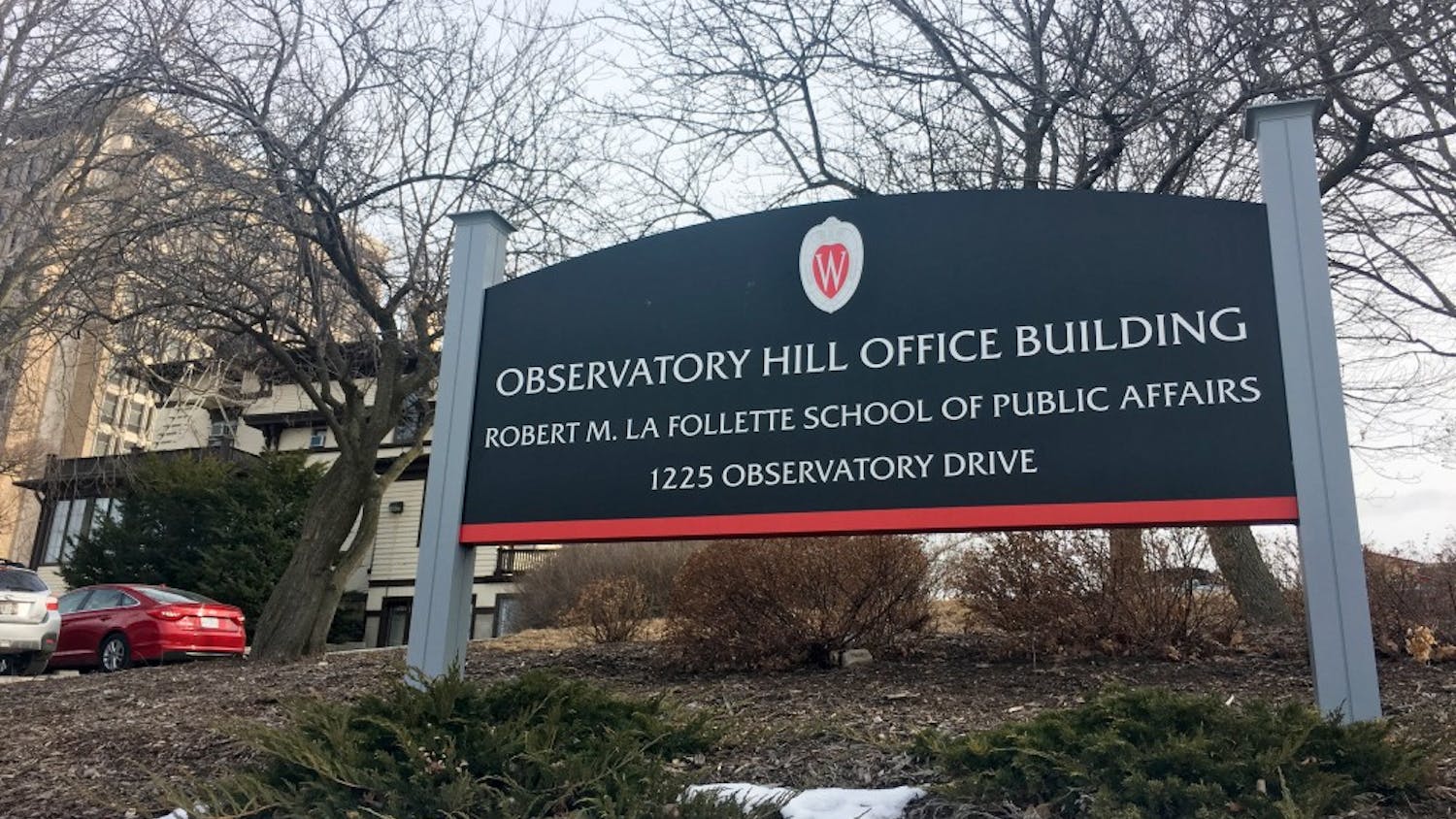How would you like to live to see the Badgers go to the Sugar Bowl or meet your tenth-generation grandchildren? You may think it impossible, but some people hope to do so through cryonics'the process of freezing a human immediately after death under the assumption that technology will someday be advanced enough that the person may be reanimated and brought back into a healthy existence. Those who can afford it can choose to either have the entire body frozen or, in cases of clearly irreparable deterioration, the head, in hopes of returning it to a healthy body in the future.
Either way, the basic procedure is this: As soon as the patient draws his last breath, a preservation team immediately starts CPR and applies a heart and lung resuscitation device. After the blood resumes flowing, they add an anticoagulant to the bloodstream, and lower the body temperature to about zero degrees Celsius. The blood is drained and replaced with a cryoprotectant, a chemical designed to preserve the tissue under low temperatures.
After additional chilling, they place the body in a container of liquid nitrogen with a temperature of minus 176 degrees Celsius and take it back to the patient's preservation facility where it is stored indefinitely or until funding runs out, in which case the body will either be transferred to another firm or buried conventionally.
Americans' fascination with suspended animation goes back to at least the 18th century, when Benjamin Franklin wrote, '[Because I have] an ardent desire to observe the spirit of America a hundred years hence, I should prefer to an ordinary death, being immersed with a few friends in a cask of Madeira until that time, then to be recalled to life by the solar warmth of my country.'
However, the history of cryonics as we know it began with the 1963 publication of a book by Dr. Robert Ettinger entitled 'The Prospect of Immortality.' Here the author proposed that 'the only thing separating today's patients from tomorrow's medicine [is] time and that we merely [need] to be clever enough to somehow bridge that gap.' The solution was the procedure described above. In the wake of a series of successful experiments in which dead insects were revived through this process, Dr. James Bedford became the first human to undergo cryonic suspension four years later.
Soon after, the first cryonics foundations were organized, having preserved about 100 people to date. Despite heavy publicity in the form of books, talk shows, and movies, the cryonics industry has from the beginning struggled against notions that people are becoming wealthy from their involvement with it. A recent survey of cryonics firms revealed that even the most profitable ones pay their CEOs less than $35,000 a year, the average employee making only $14,700. According to the Journal of Evolution and Technology Web site, this is due to the fact that many are skeptical about the feasibility and practicality of cryonics.
Nowhere is this distrust more rampant than among academics, and UW-Madison is no exception.
'There are a lot of people in need. This technology would only be applied to the rich and money should be spent on the relief of the living,' said one source who preferred to remain anonymous.
Associate Dean of the Medical School, Paul DeLuca Jr., cited the risks involved with keeping humans frozen for long periods of time.
'Despite very cold temperatures, cryonic degradation will continue,' he said.
Many religious people consider cryonics a form of blasphemy, accusing its practitioners of playing God and 'raising people from the dead.' Still others believe it to be little more than a product of Hollywood's imagination. Cryonics has also sparked controversial legal fiascos, one of the most well-known being the Dora Kent case. The mother of Saul Kent, an important early innovator in the field, had her head frozen upon her death in December 1987.
However, due to a foul-up in hospital paperwork, she was not considered legally dead at the time her head underwent the procedure. The coroner took back his original verdict of death by pneumonia. A month later, his deputies attempted to remove Kent's head from the headquarters of Alcor, the firm that conducted the suspension, only to be informed that the head wasn't there. Six Alcor representatives were arrested, but were set free after the police failed to come up with a plausible charge. Five years later, a man named Thomas Donaldson lost an appeal in a court decision that prohibited him from being frozen while still alive instead of succumbing naturally to a brain tumor.
Despite all the controversy and skepticism, it appears that the future of cryonics is still filled with endless possibilities due to the rapidly evolving field of nanotechnology. In the case of cryonics, nanotech could be used to fix any harm to human tissue caused by the frigid temperatures, including cellular deterioration attributed to age and illness. 1996 Nobel Prize chemistry winner Dr. Richard Smalley has predicted that the equipment to perform this task could be in use by 2010. Robert A. Freitas, writer of 'Nanomedicine,' has openly predicted, 'I would not be surprised if the first cryonics revival was attempted by 2040-2050.'
So, if you or your insurance company is willing to pay a minimum fee of $35,000 for the procedure, you might be able to see what the world will look like in a hundred years. However, the principle of caveat emptor always applies.





